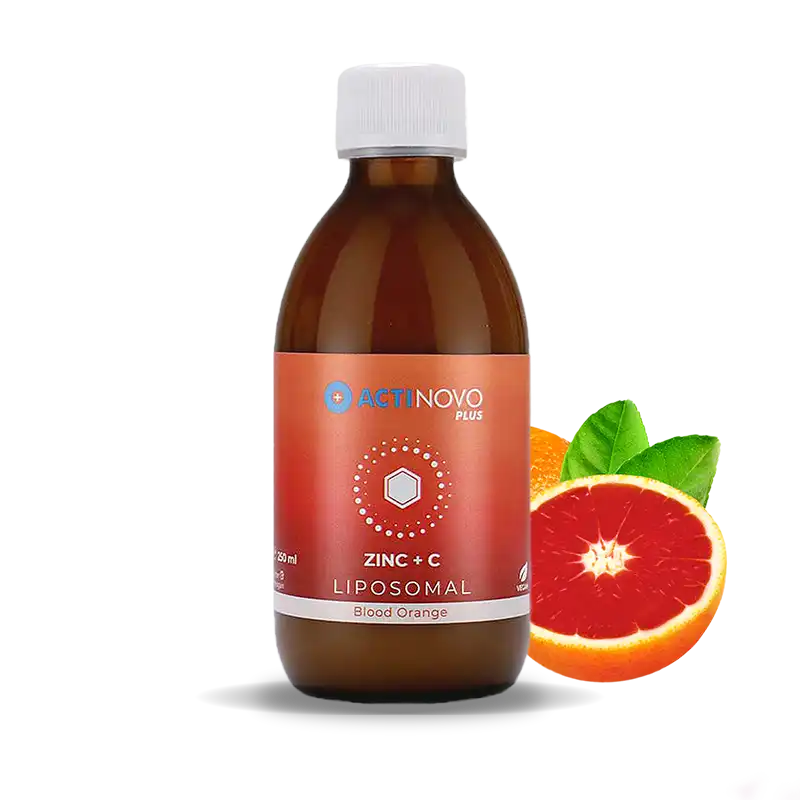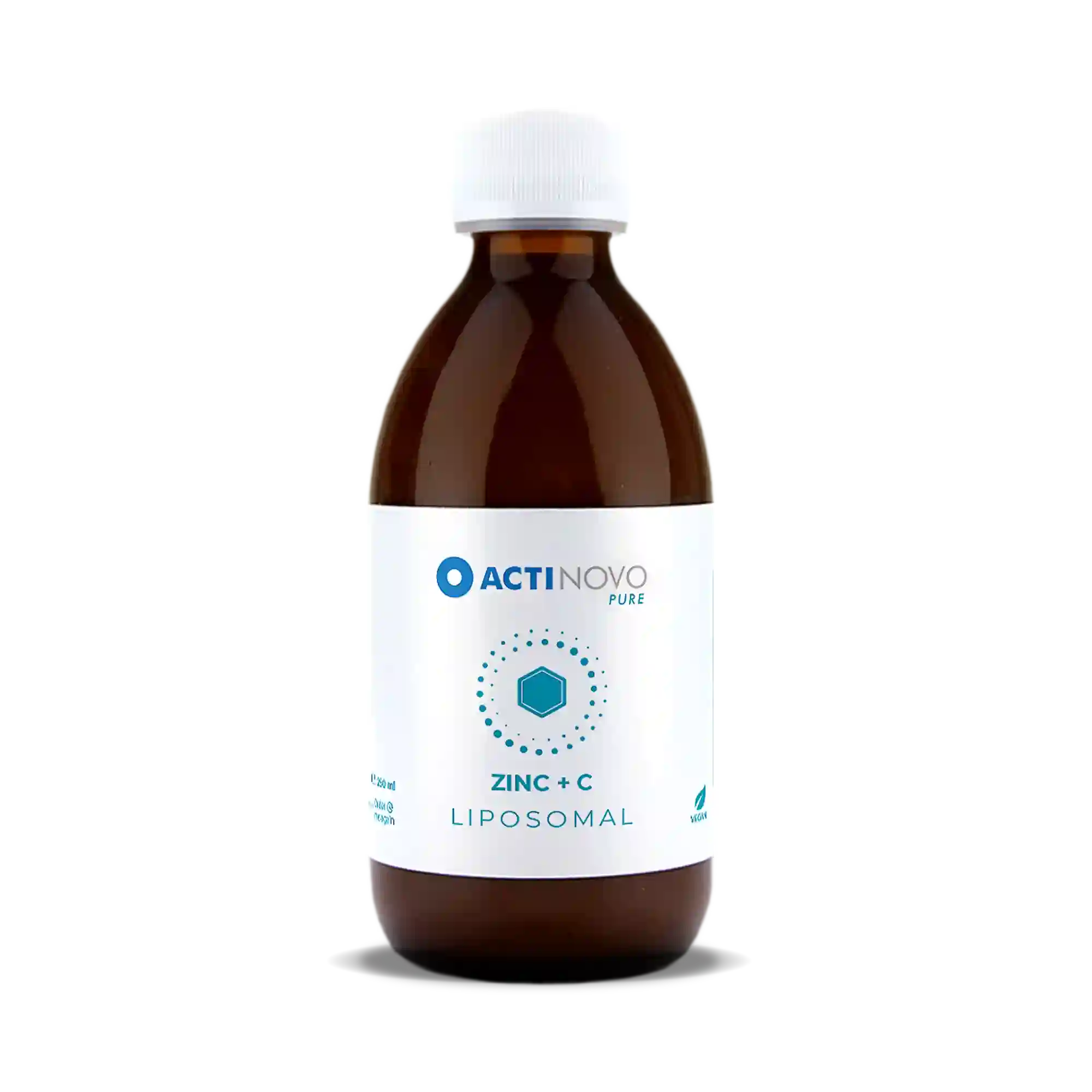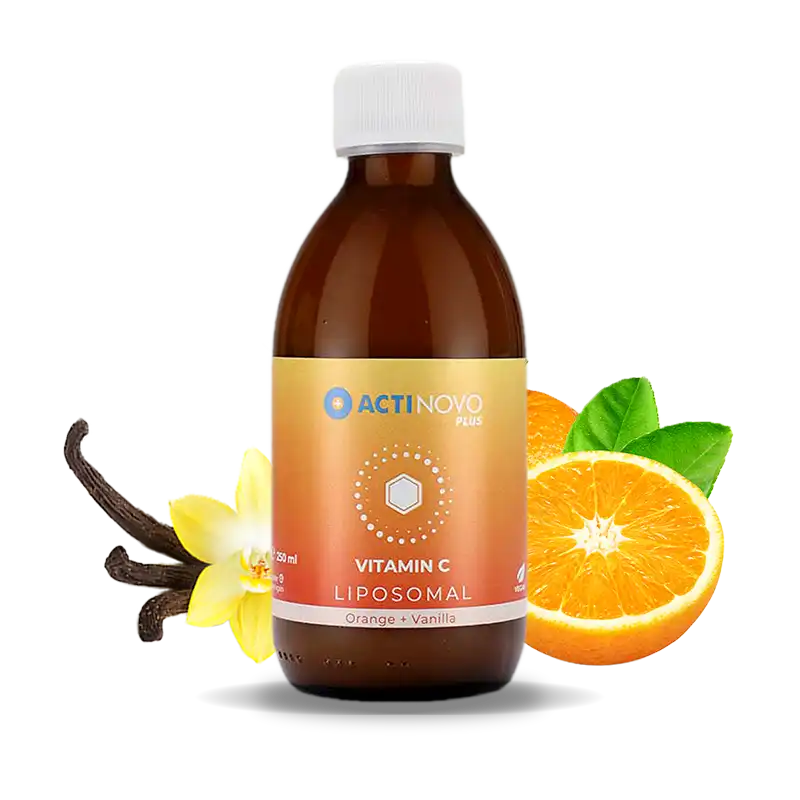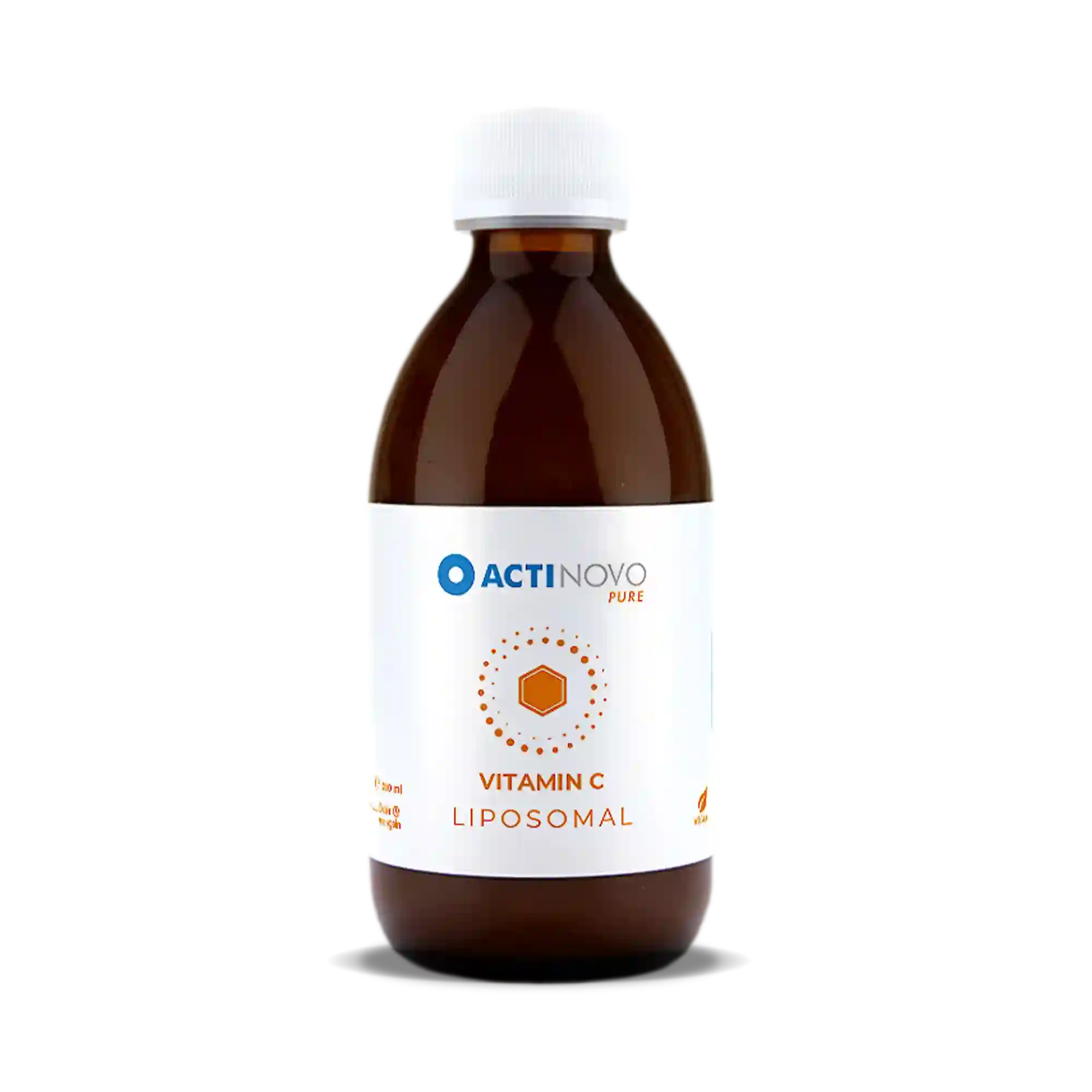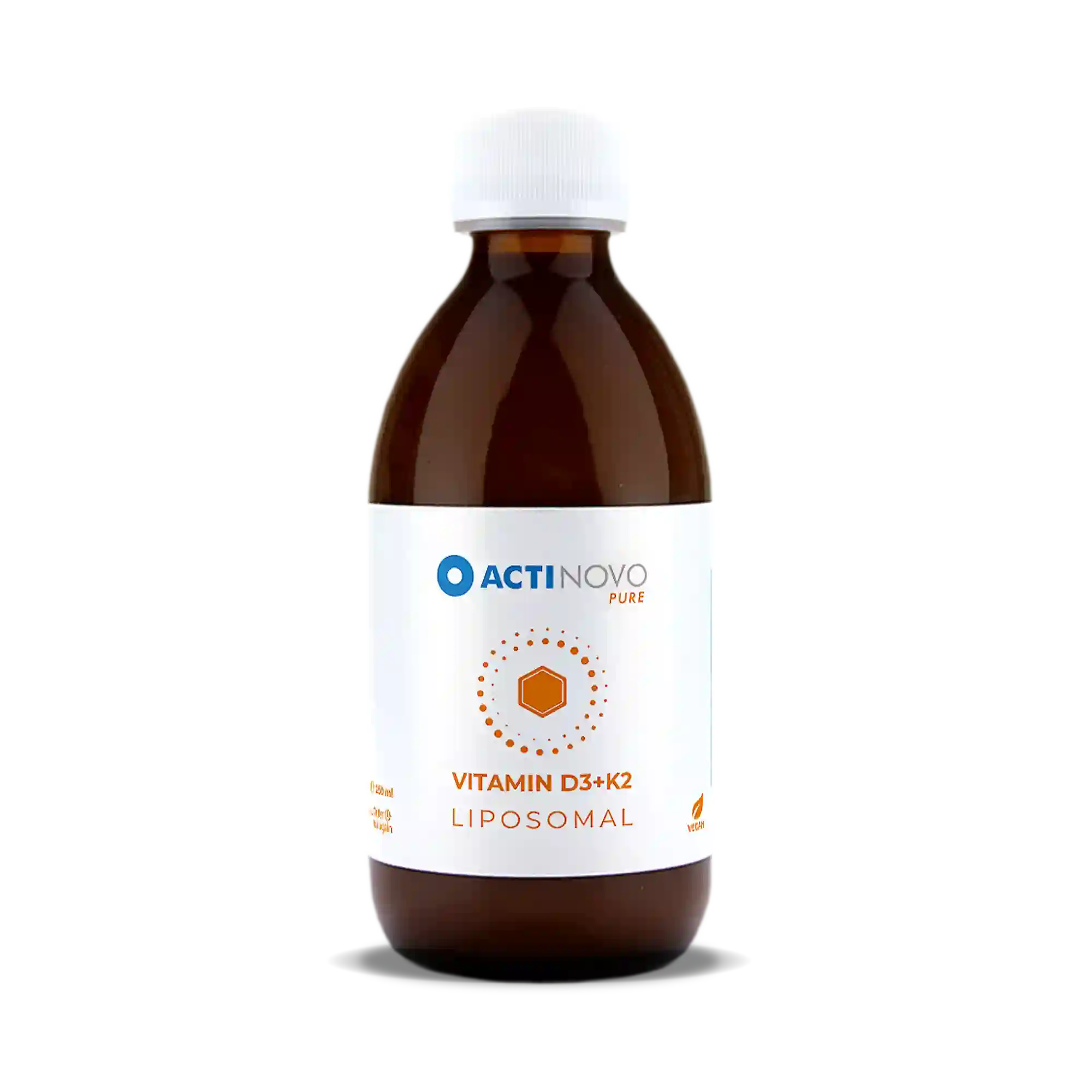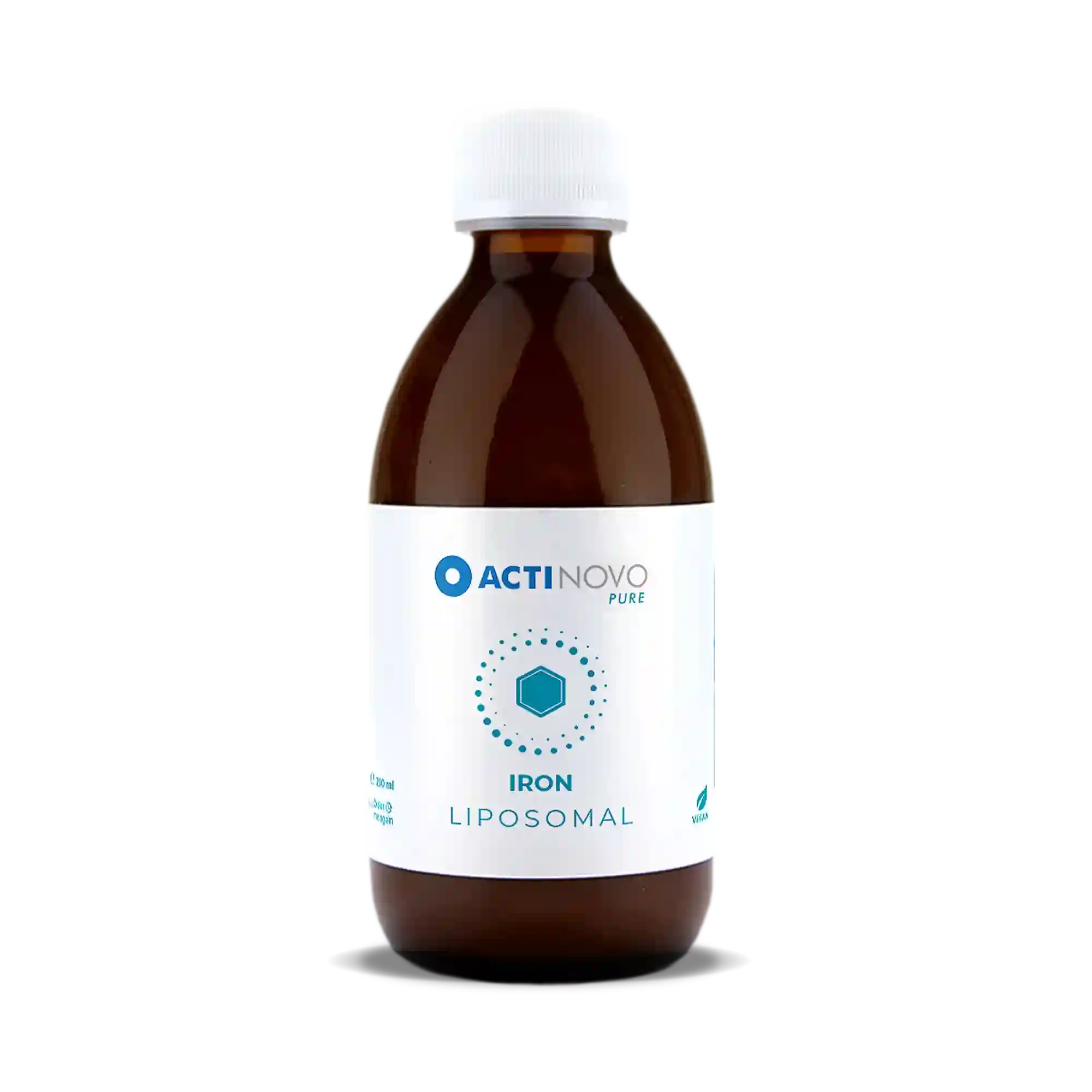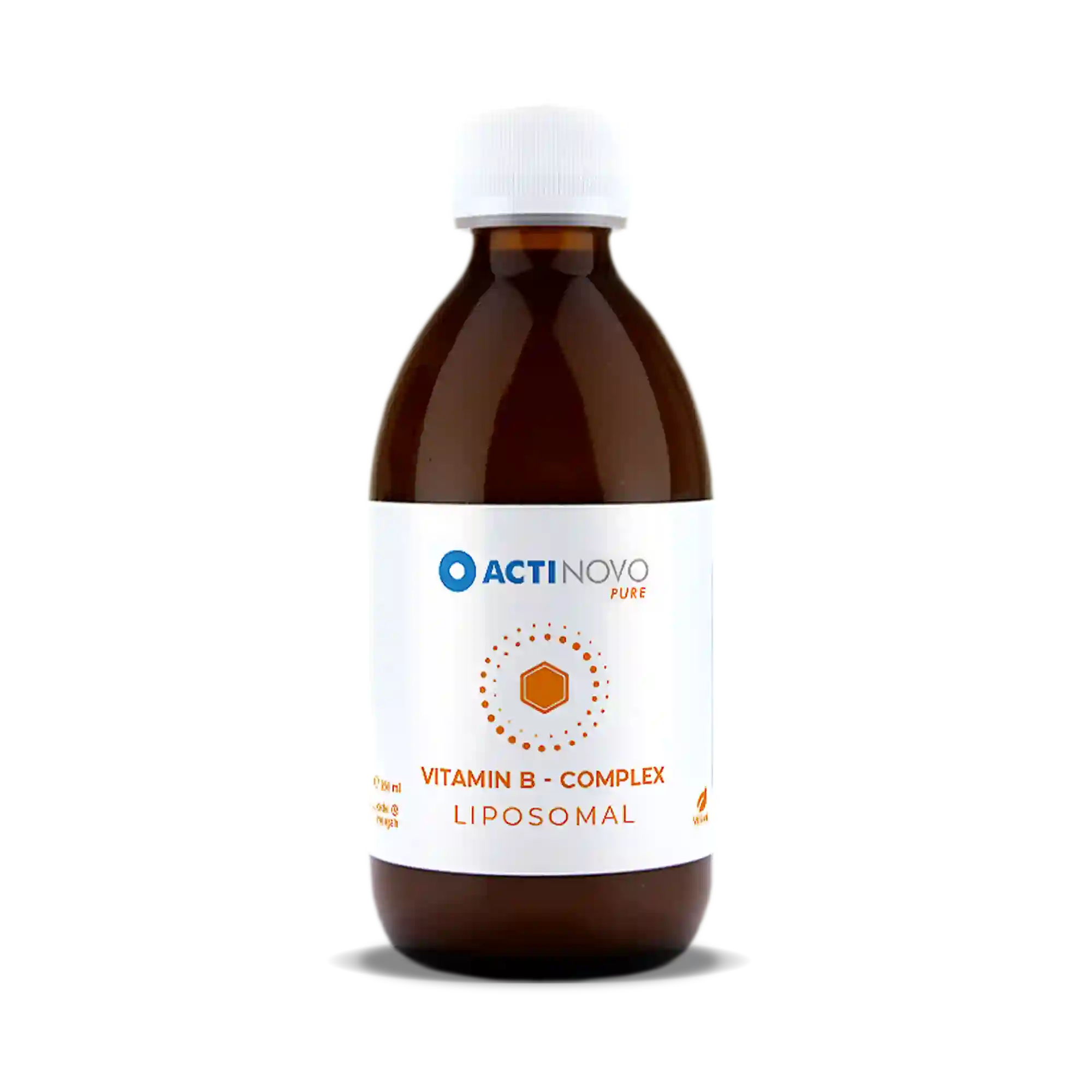
3 Effects of hay fever nobody talks about - and preventive micronutrients
A pollen allergy has obvious disadvantages, such as burning eyes or sneezing. For those affected the summer months become impossible to fully enjoy.
But many people are unaware of the more far-reaching consequences of hay fever on their quality of life!
In industrial regions such as Germany, around 14.8% of children and young people are affected.
In younger generations, the rate of pollen allergy is increasing. This is due to increasing fine dust pollution, climate change, and the hygiene hypothesis (1,2).
Here’s why:
- Climate change ensures that more pollen is formed because of longer warm periods.
- Fine dust contains microscopic particles that bind allergens and make them easier to absorb.
- The hygiene hypothesis suggests the risk of allergies is higher when children grow up in a clean environment where their immune system is not sufficiently trained.
What will you learn in this guide?
1. The productivity of allergy patients is reduced
2. The myth of local honey combating seasonal allergies
3. Do nutrients influence allergic symptoms?
4. What nutrients support a healthy immune system?
1. The productivity of allergy patients is reduced
A study published in 2001 looked at the productivity of telephone service employees. The study observed allergy sufferers and non-allergic people and those who took antihistamines before, during and after the allergy season (3).
Allergic workers showed significantly lower productivity during the pollen season than healthy workers.
Allergy sufferers taking antihistamines showed a 10% reduction in performance compared to non-allergic workers, as well. Since some antihistamines can easily cause sleepiness, it was suspected that the positive effect of the drugs (suppression of symptoms) was counterbalanced by the sedative effect of the drugs.
Lack of concentration at school
It was shown that children of primary school age are significantly impaired in their cognitive abilities by the symptoms of a respiratory allergy.
Skills in problem-solving as well as speed, focus, and energy levels decreased as shown in studies (4).
Exercise despite allergies?
Physical activity increases the volume of air entering the lungs and bloodstream. This also increases the number of allergens taken up. Intensive exercise can thus increase allergic symptoms.
With more air circulating, the body is exposed to a large number of allergens, especially during outdoor exercise in the summer months. Irritations of the mucous membranes, watery eyes, difficulty breathing and exhaustion are the consequences (5).
What therapy options are there?
So what can you do?
Immunotherapies and prevention in infancy are so far the only proven and sustainable forms of therapy.
In general, the question is whether the promotion of a healthy immune system in adulthood can also alleviate or even cure allergies.
Prevention is everything
- Sufficient breastfeeding Period in Infancy
- Pre- and Probiotics / healthy gut microbes
- Vitamins
- Minerals
- Vegetables and Fruits
- Fiber
- Omega-3 fatty acids
What is particularly striking here is that even the diet of pregnant and breastfeeding women has a strong influence on the healthy development of the child's immune system and their likelihood to become allergic later on (7).
2. The myth of local honey combating seasonal allergies
Local honey is sometimes considered an allergy remedy, as it is supposed to contain local allergens in small amounts and is therefore thought to be a gentle form of hypersensitization.
This hypothesis has been disproved (8,9). Bees tend to collect pollen from colored flowers, which in contrast to grasses or cereal pollen rarely trigger allergies.
Even if local, natural honey contains pollen, it is very unlikely to find allergens in it. Furthermore, pollen is usually only rarely contained in honey anyway, as bees do not intentionally let it flow in.
In processed honey, this portion is even smaller. Only natural honey contains a tiny proportion of pollen, but also traces of mold, bacteria and various environmental particles which in turn weaken the immune system and can promote allergies (8).
3. Do nutrients influence allergic symptoms?
In 2011, researchers at the University of Edinburgh Medical School analyzed 62 epidemiological studies and concluded that nutrient deficiencies, including zinc, were associated with an increased incidence of allergies and asthma (10). Zinc is widely believed to be essential for healthy immune function.
A study published in 2005 in the European Journal of Clinical Nutrition suggested that a diet rich in omega-3 oils could also reduce the risk of developing hay fever (11).
Garlic is sometimes used to relieve hay fever. Because dust and pollen cause inflammation during which histamine is produced, mucous membrane irritation occurs. Garlic contains natural antihistamines (12).
Sun as a remedy?
Children with low vitamin D levels have been shown in studies to be more susceptible to allergic symptoms, both food, and respiratory13.
Vitamin D also supports a healthy immune function, a claim approved by the EFSA (European Food Safety Authority).
Learn more about the sun vitamin here.
4. What nutrients support a healthy immune system?[14]
- Vitamin C
- Vitamin B6
- Vitamin D
- Iron
- Zinc
During pregnancy, lactation and childhood development up to puberty, an adequate supply of micronutrients can influence a person's immune function and allergy risk. The immune system should also be supported by a healthy lifestyle in later life.

